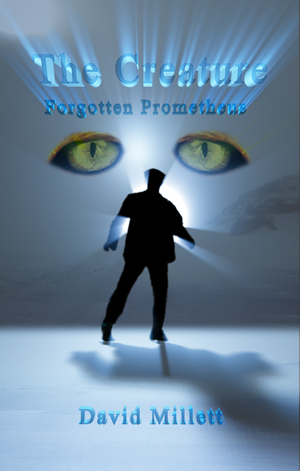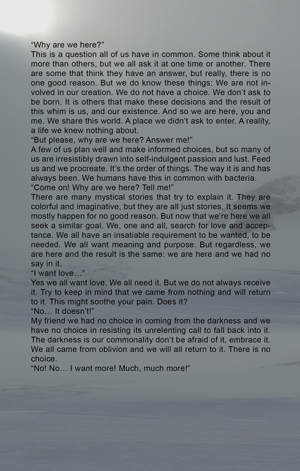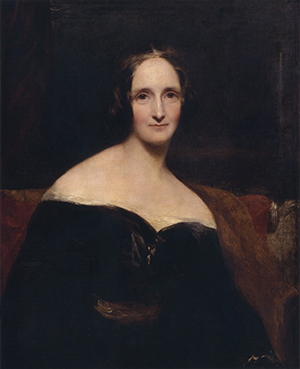My New Book
The Creature: Forgotten Prometheus

After a year of living with my characters and story, I’ve finally reached the editing stage of my new book:
The Creature: Forgotten Prometheus
If all goes to plan, it should be available in December, just in time for the holidays. Let me share the story of how my new book came about.
I did not read Mary Shelley’s masterpiece, her gothic novel “Frankenstein: The Modern Prometheus,” until last year (2013). My wife Julia had read it many years ago and kept encouraging me to read it, knowing, as she does, my taste in literature. But you know how it is - there is so much to read and so little time to read it.
I have seen many of the motion pictures of Shelley’s wonderful book, but not one of the 35 films made about this stupendous story comes close to capturing her nuances regarding the human condition. The only one I have seen that really had anything to do with Shelley’s layered and intriguing world was the 1994 “Frankenstein,” directed by Kenneth Branagh. It starred Branagh as Victor Frankenstein and Robert De Niro as the Creature. But even this fine movie does not capture the full power of Shelley’s masterwork.
This amazing piece of literature remained on my list of books to read for a long time. Then suddenly my mind was changed when a good friend wrote me an email out of the blue. His overwhelming passion for this great literature made me move Shelley’s masterpiece to the top of my reading list. After reading it, I was deeply moved. I too became enamored, just like my wife, my friend, and so many others who have enjoyed her deep, meaningful, highly layered, and complex book.
Let me share the email that my friend sent to me, for which I am eternally grateful.

“Mary Shelley published Frankenstein in 1818, during the Enlightenment, just at the time when science was taking over from religious dogma as an explanation for the natural world and our place in it. Elements were being discovered, and with them, modern chemistry was born; geology was just beginning to be considered a science, and its findings were leading to a questioning of the 4004 BCE biblical origin of the Earth. Naturalists such as Joseph Banks were starting to bring back exotic specimens from around the world to be studied systematically rather than simply collected. Technology was improving to the extent that Herschel was making wonderful telescopes and showing that the distances in the universe were vast. It was also a time of great social change. Thomas Paine wrote “The Rights of Man” and “Common Sense,” and the American and French revolutions took place. Societies were changing, and more people were traveling, leading to an increasing exchange of ideas. The rights and expectations of people in society were debated. Philosophers such as Kant and Voltaire were putting forward ethical theories of how society should be organized, what society owed to its citizens, how people should be governed, and what the duties of those who made up society were.
Important to the book were the changes in social roles and attitudes toward raising children. Parental roles and duties were being questioned more than they had been for hundreds of years. It was a time when women were just beginning to be accepted as having independent thought and abilities. True, it was a long way from the vote and any sort of equality, but a few women were being admitted to learned societies and taking part in debates. The philosopher Mary Wollstonecraft was accepted by many as a leading thinker for her work. She was Mary Shelley’s mother and was a brilliant but maverick philosopher who shocked intellectuals not just with her ideas but also with her behavior. She was in France at the time of the revolution and wrote “Vindication of the Rights of Man.” She later wrote “Vindication of the Rights of Women,” which was the first published book arguing that women had equal intellectual capacity to men. She claimed that attitudes, education, and above all, the abuse of power by men kept women silly and subservient.

The Royal Society was the greatest of many learned societies flourishing at the time. Joseph Banks had made it into a powerhouse for airing, discussing, and publishing ideas about art, philosophy, and science. The chemist Humphry Davy took over from Banks as President, and his lectures and demonstrations were very popular.
Enjoy...